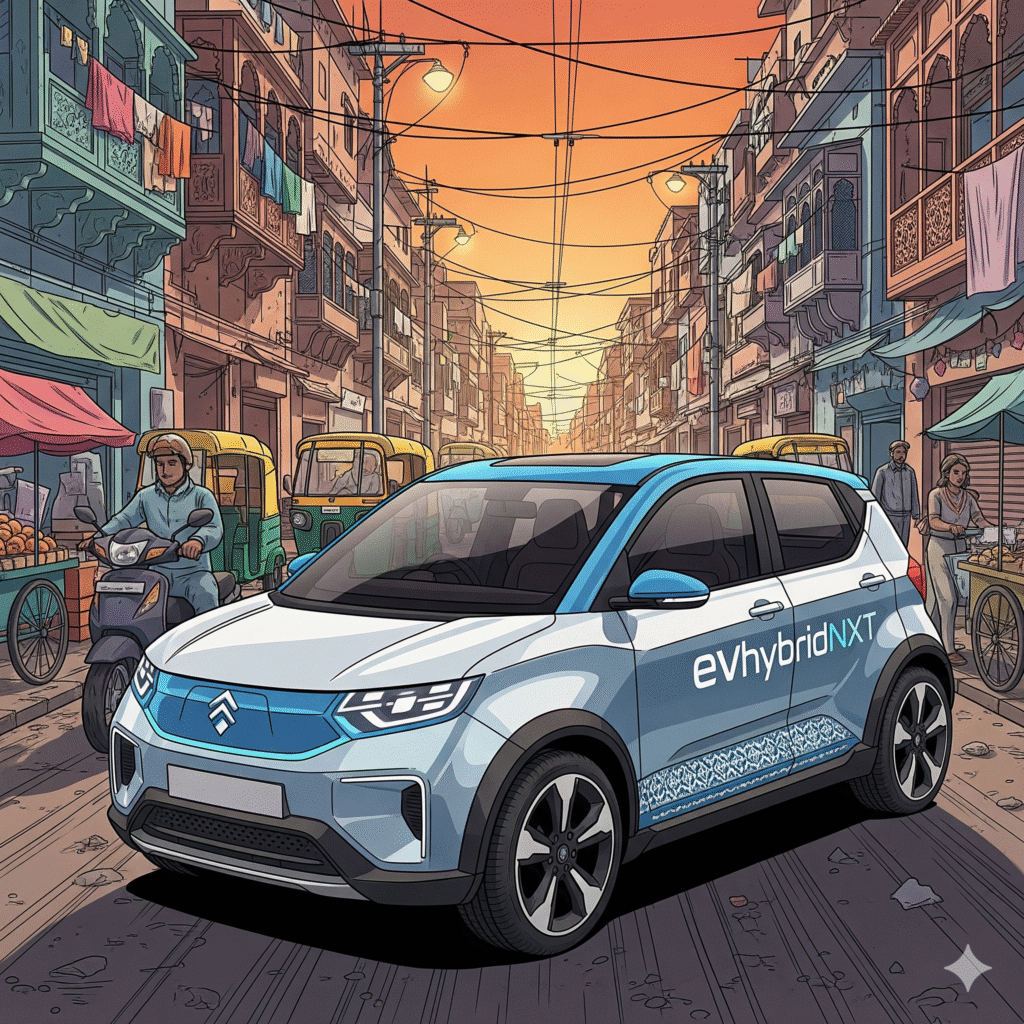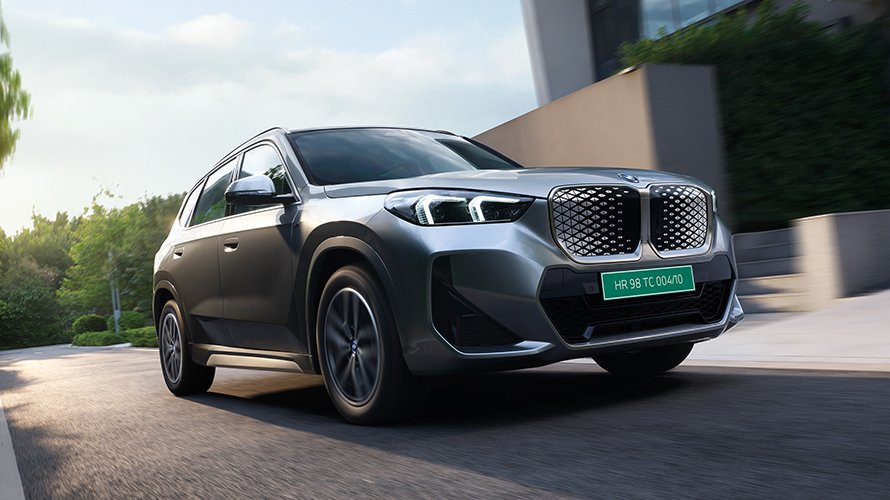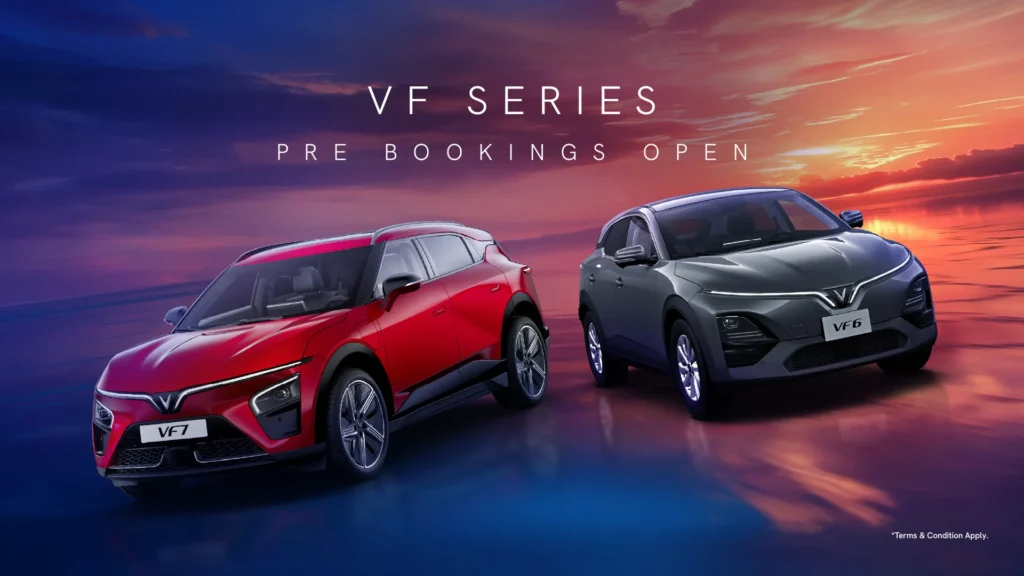As India accelerates toward a greener future, electric vehicles (EVs) are no longer a novelty—they’re becoming a practical choice for many. I’m one of the fortunate few selected as a beta tester for the Mahindra XEV 9e, a premium electric coupe-SUV launched in late 2024 with deliveries starting in early 2025. Priced between ₹21.90 lakh and ₹31.25 lakh (ex-showroom), the XEV 9e boasts a 79 kWh battery offering up to 656 km of claimed range, dual-motor all-wheel drive in top variants, and advanced features like Level 2+ ADAS and a triple 12.3-inch display setup. With its futuristic design and born-electric INGLO platform, it’s Mahindra’s bold entry into the premium EV space.
But before I dive into my experiences, let’s address a common misconception: EVs are often touted as “cheaper to run” due to low electricity costs and minimal maintenance. While that’s true for daily operations, the full picture of ownership reveals hidden expenses that can surprise new buyers. Drawing from my pre-purchase research, real-world data, and interactions with fellow EV owners on forums like Team-BHP, this article breaks down the costs of buying and owning an EV like the XEV 9e. I’ll compare it to its ICE counterpart, the Mahindra XUV700 (priced ₹13.99 lakh to ₹26.99 lakh ex-showroom), and provide guidance on home charging setups in Delhi, where I’m based.
1. Higher Upfront Cost:
The Battery Premium EVs command a 15-20% premium over comparable ICE vehicles, largely due to the battery pack, which accounts for 40-50% of the price. The XEV 9e starts at ₹21.90 lakh for the base Pack One (59 kWh battery, 542 km range), while the top Pack Three (79 kWh, 656 km) hits ₹31.25 lakh. In contrast, a mid-spec XUV700 (petrol/diesel) is around ₹18-22 lakh. Even with Delhi’s road tax exemption for EVs (saving ₹2-3 lakh), the net upfront cost is higher by ₹3-5 lakh for the XEV 9e.
Government incentives help: Under FAME-II (extended into 2025), buyers get up to ₹1.5 lakh subsidy, plus state rebates. For the XEV 9e, this could reduce the effective price by 5-7%. However, resale concerns linger—EVs depreciate faster (46% after 3 years vs. 40% for ICE), due to battery anxiety and rapid tech evolution. A 2023 Spinny report notes EVs retain 70-80% of value after 3 years, but that’s optimistic; real-world figures for early models like the Nexon EV show 50-60% retention.
Bottom Line: Expect to pay ₹4-6 lakh more upfront for the XEV 9e vs. XUV700, offset partially by incentives. Break-even on savings takes 4-6 years for moderate drivers (10,000 km/year).2. Charger Costs: An Essential Add-OnNo home garage is EV-ready out of the box. The XEV 9e comes with a portable 7.3 kW charger, but for efficient overnight charging (0-100% in 8-11 hours), you’ll need a wall-mounted unit.
- 7 kW Charger: ₹38,000-50,000 (e.g., Exicom 7.5 kW at ₹38k on Amazon).
- 11 kW Charger: ₹43,000-75,000 (Exicom 11 kW at ₹43k; premium brands like ABB up to ₹75k).
For the XEV 9e’s 79 kWh pack, an 11 kW charger adds ~50 km/hour—ideal for daily 100-200 km runs. A 15A/3 kW socket (standard home plug) would take 25+ hours for a full charge, which is impractical for a “daily runner” as you mentioned.
Many owners start with the portable charger (included) and upgrade later. For beta testing, Mahindra provides guidance, but installation is on you.3. Home Setup Costs: Upgrading Power Infrastructure in Delhi This is where costs escalate, especially in Delhi under BSES (BRPL or BYPL). Most homes have single-phase 3-5 kW connections, insufficient for fast charging. For an 11 kW charger, you need a 3-phase upgrade to 12 kW+.
- Load Increase & 3-Phase Switch: ₹20,000-50,000 (BSES application fee ₹1,000-2,000; wiring ₹10,000-30,000; approval 2-4 weeks). Sanctioned load jumps from 3 kW to 12 kW, raising fixed charges from ₹100-200/month to ₹500-800/month.
- Separate EV Meter (Green Meter): Recommended to avoid slab hikes (Delhi tariffs: ₹3/unit up to 200 units, ₹7-8/unit above 800). Procedure via BSES portal (bsesdelhi.com): Submit Aadhaar, ownership proof, and EV registration. Cost: ₹50,000-75,000 (₹10,000 deposit + ₹40,000-60,000 for meter/installation). Approval: 15-30 days; tariff ₹4.5/unit subsidized. No clear BSES guide exists (unlike Maharashtra’s MSEB or Bangalore’s BESCOM), but Team-BHP threads suggest visiting divisional offices (e.g., Nehru Place for South Delhi) with docs. Fixed charges: ₹200-300/month + usage.
Option Comparison (for XEV 9e, 10,000 km/year):
| Option | One-Time Cost | Monthly Fixed | Annual Running (Electricity ₹6/unit) | Total 5-Year Cost | Pros/Cons |
|---|---|---|---|---|---|
| Upgrade Household to 12 kW 3-Phase | ₹30,000-50,000 | ₹600-800 | ₹12,000 (EV + home) | ₹1.2-1.5 lakh | Simple; but higher slabs if high home use. Irrespective of EV usage, bills rise. |
| Separate EV Meter | ₹50,000-75,000 | ₹300 (EV only) | ₹8,000 (EV) + home unchanged | ₹80,000-1 lakh | Isolated; subsidized rate. One-time expense, usage-based. Ideal for beta testing. |
For Delhi, apply online via BSES “New Connection” portal (select “EV Charging”). No Maharashtra/Bangalore-specific guides apply—use BRPL helpline 19123. A 15A/3 kW setup won’t suffice for your 79 kWh pack (2.5 days full charge); aim for 7-11 kW.If your next car isn’t an EV, the upgrade is “wasteful”—but with Delhi’s EV push (13,200+ stations by 2025), it’s future-proof.
4. Insurance Costs: Slightly Higher for EVsEV insurance is 10-25% pricier due to battery repair costs (₹5-10 lakh for XEV 9e pack). For the XEV 9e (₹25 lakh on-road), expect ₹80,000-1 lakh annually vs. ₹70,000-90,000 for XUV700. IRDAI mandates EV add-ons (battery cover), adding ₹5,000-10,000. Third-party liability is 15% lower for EVs, but own-damage premiums rise.
Data Point: Digit Insurance reports EV premiums 20-30% higher than ICE for similar coverage.
5. Resale Value:
A Current WeaknessEVs depreciate faster (25-30% year 1 vs. 15-20% for ICE) due to battery life fears (8-10 years/1.6 lakh km warranty on XEV 9e). A 3-year-old Nexon EV resells at 60-70% value vs. 75-80% for XUV700. Modern LFP batteries (like XEV 9e’s) last longer, but market perception lags. By 2030, resale could match ICE as batteries improve
6. Tires and Brake Pads:
Higher Wear for EVsEVs are 20-30% heavier, accelerating tire wear (replace every 40,000-50,000 km vs. 60,000 km for ICE). XEV 9e’s 245/50 R20 tires cost ₹15,000-20,000 each (set ₹60,000-80,000). Instant torque adds stress.
Brakes last longer (regenerative braking reduces use by 50-70%), but pads still need replacement every 50,000-80,000 km (₹5,000-10,000/set vs. ₹4,000-8,000 for XUV700). Overall, EV tire/brake costs: ₹20,000-30,000/year vs. ₹15,000-25,000 for ICE.
7. Discounts and Price Reductions: EV Tech Evolves Fast Battery costs fell 20% in 2024; expect 10-15% drops in 2025. A ₹25 lakh XEV 9e today might see rivals at ₹22 lakh by 2026, eroding resale. ICE prices are stable.
ICE vs. EV Ownership: A 5-Year Comparison for XEV 9e vs. XUV700 (10,000 km/year, Delhi)Assuming ₹25 lakh on-road for both (post-incentives), ₹6/unit electricity, ₹100/litre petrol (15 km/l), 5% interest loan.
| Cost Category | EV (XEV 9e) | ICE (XUV700 Petrol) | EV Savings |
|---|---|---|---|
| Upfront (after incentives) | ₹23.5 lakh | ₹20 lakh | -₹3.5 lakh |
| Fuel/Charging (5 yrs) | ₹40,000 (₹8/km) | ₹3.3 lakh (₹7/km) | +₹2.9 lakh |
| Maintenance (5 yrs) | ₹50,000 | ₹1.5 lakh | +₹1 lakh |
| Insurance (5 yrs) | ₹4 lakh | ₹3.5 lakh | -₹0.5 lakh |
| Tires/Brakes (5 yrs) | ₹1.5 lakh | ₹1 lakh | -₹0.5 lakh |
| Resale (after 5 yrs) | ₹12 lakh (48% retention) | ₹10 lakh (50%) | +₹2 lakh |
| Total 5-Year Ownership | ₹18.4 lakh | ₹19.8 lakh | +₹1.4 lakh |
Verdict: EVs break even in 4-5 years for moderate use; high-mileage (20,000+ km/year) favors EVs more (savings ₹3-5 lakh). For low mileage, ICE wins short-term.



